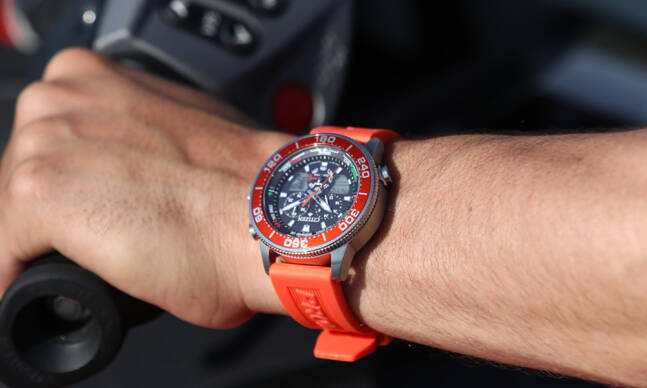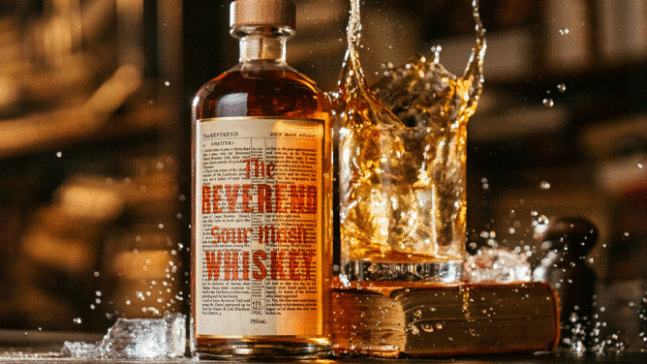When it comes to kitchen necessities, a good pan is right up there with a good knife. The problem is, while people have come around to the Shuns and Wusthofs of the world, most still rely on cheap, nonstick pans being peddled at the local big box store. We took a trip out to Seattle, Washington, to visit with Blu Skillet Ironware, a small team hand-forging next-level skillets that consistently sell out in minutes. Here’s a look inside their workshop and a talk with Caryn Badgett, one of the co-owners of the shop.
CM: What’s the difference between the pans you make and most on the market?
CB: Our pans are made of the same material as many on the market—carbon steel. They’re just hand-forged with a lot of attention to detail and design. We wanted to make something that was both beautiful and functional. It’s an aesthetic tool that fits in the hand and is made to last and be passed on.

CM: What’s the process like for crafting one? How long does it take you?
CB: It would take about a day to make a pan start to finish. So we work in batches, doing multiples of a single step, which speeds things along. With the two of us working in tandem, we’re able to make around 25 pans per week. Patrick [Maher] uses traditional and industrial blacksmithing techniques to forge the handles. The metal is heated to about 2,300° in the forge, until it gets to a malleable stage. He’ll blank out the first few stages of the handles under the power hammer, and then do all the fine detailed work on the anvil. The body of the pans start out as a carbon steel disc. They’re pressed under a hydraulic press, and the sides are heated and hammered out until they get a nice pan shape. After some grinding and sanding, the handles are riveted onto the pans then sent to the sandblaster to remove all the scale from the forge. Finally, I’ll do the final surface treatment of polishing and heat treating, which gives them their blue color and preseasoned finish.
CM: What are the benefits of cooking with one?
CB: The pans give you all the benefits of an iron pan—caramelizing, searing, bringing out the flavors of the food. And they’re incredibly nonstick when seasoned. The feedback from customers has been amazing. When we first started selling at our local farmer’s market, it was great to see everyone react to the pans. Year’s later, it’s even better to hear back from people about how much they love their pans.
CM: How should someone care for one?
CB: Essentially the same way as you would a cast iron skillet. The difference is the surface of the pans are smooth, so you don’t need so many layers. I like to season as I cook, and roasting potatoes is a great way to do that—someone told us it’s something about the starch that helps build up the seasoning. Also, if you need to give your pan a really good cleaning, a salt scrub is a good way to do that. Warm the pan on the stove, add some oil (we like coconut) and kosher salt, gently scrub with a paper towel, toss it out and you’re good to go. The salt will turn grey from the carbon and absorb and impurities.

CM: What’s your favorite thing to cook in one?
CB: When we were prototyping the pans, making the perfect egg pan was pretty much the holy grail. So always a big fan of eggs, but I’ve also made the best pie of my life in one—it’s that brown crust/Maillard reaction thing happening and it’s delicious.
Want to get one of Blue Skillet Ironware’s pans? Travel to Seattle and hunt one down, or sign up at their site to be notified on their next online sale.























